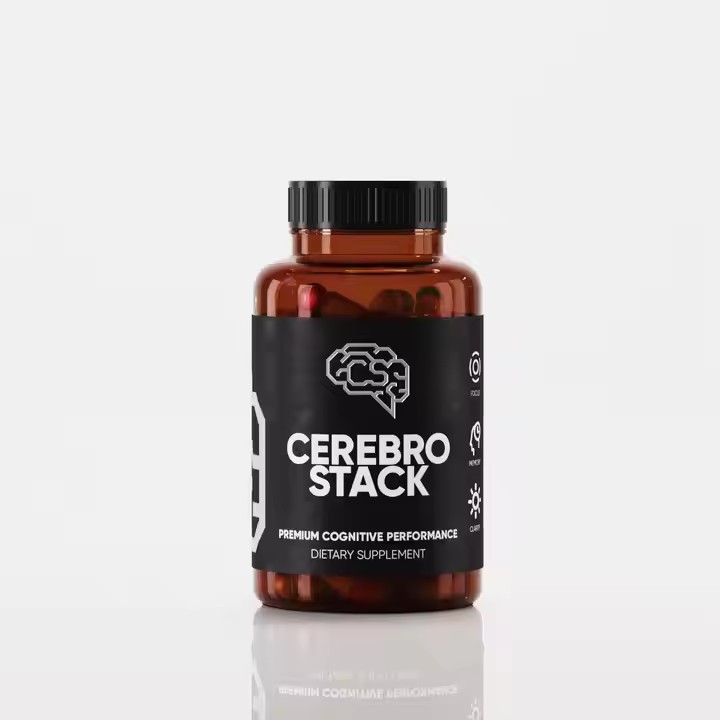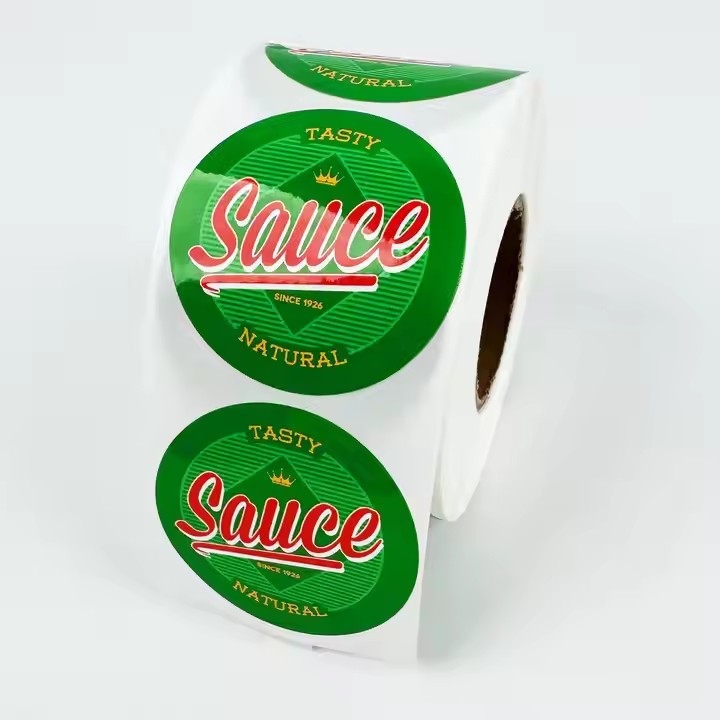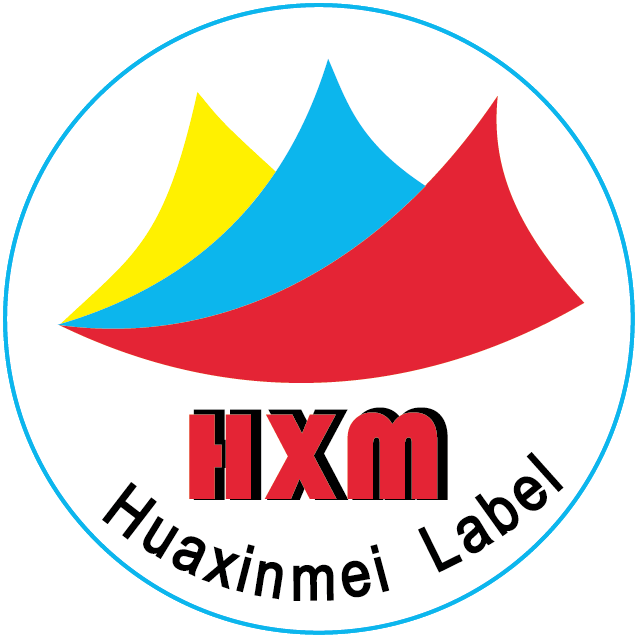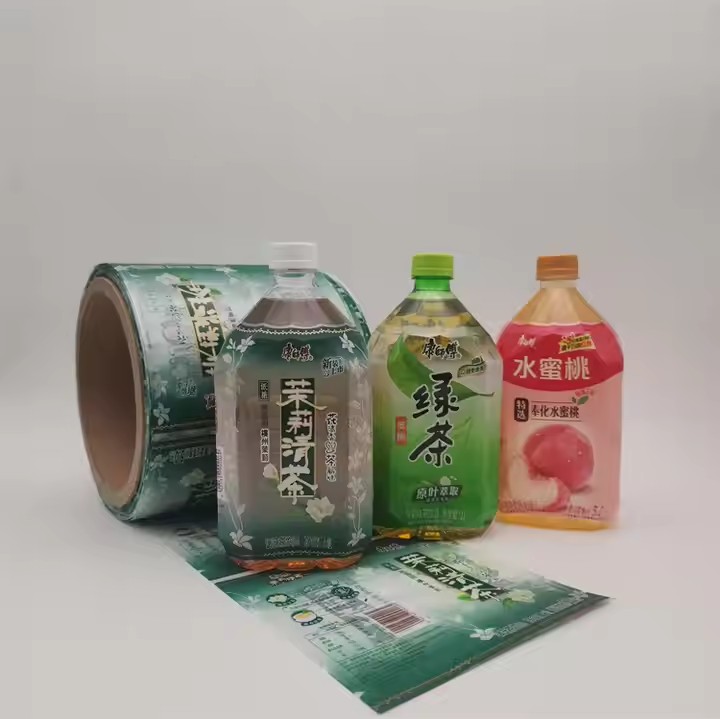Design and Plate Making
Design the Pattern: According to market demand, the characteristics of the fruit, and the preferences of the target customer group, use professional graphic design software such as Adobe Photoshop and Illustrator to design the sticker pattern. The design content includes the image of the fruit, the brand logo, the promotional slogan, decorative elements, etc. At the same time, consider the shape, size, and color matching of the sticker to ensure that the sticker is attractive and can clearly convey product information. Designing the pattern is the first step in production. First, a beautiful label that conforms to the style of the fruit company needs to be designed.
Determine the Printing Process and Materials: According to the characteristics of the design pattern and the customer’s requirements, select the appropriate printing process, such as offset printing, flexographic printing, gravure printing, or digital printing, etc. At the same time, select suitable printing materials, such as paper (coated paper, cardboard, etc.), film (polyester film, polypropylene film, etc.), and the corresponding inks. It is necessary to ensure that the materials meet food safety standards and are harmless to the fruit and the human body. After determining the corresponding process materials and the corresponding customer requirements, attention should be paid during production to avoid ignoring relevant requirements and causing trouble to the customer.
Make the Printing Plate: According to the selected printing process, make the designed pattern into a printing plate. For example, offset printing requires making a PS plate, flexographic printing requires making a flexible plate, and gravure printing requires making a gravure plate, etc. The quality of the printing plate directly affects the printing effect. Therefore, during the production process, the precision and quality should be strictly controlled to ensure that the details and colors of the pattern can be accurately reproduced.
Printing
Prepare the Printing Equipment: According to the printing process, debug the printing equipment, including adjusting the ink supply system, printing pressure, registration device, etc., to ensure that the equipment is in the best working condition. At the same time, install the made printing plate on the printing equipment and conduct a trial print to check the position, color, and clarity of the pattern. If there are any deviations, adjust them in a timely manner.
Printing Operation: Put the prepared printing materials (paper or film) into the printing equipment and carry out printing according to the set parameters. During the printing process, pay close attention to the printing quality and deal with possible problems in a timely manner, such as ink clogging, color deviation, inaccurate registration, etc. For multi-color printing, ensure the registration accuracy between each color to ensure the integrity of the pattern and the accuracy of the color.

Drying and Curing: After printing is completed, according to the type of ink used, carry out drying or curing treatment on the printed matter. For example, water-based inks are usually dried naturally or by hot air drying, while UV inks need to be cured by ultraviolet irradiation. The time and temperature of drying or curing should be strictly controlled to ensure that the ink is completely dried and will not damage the printing material and the pattern.
Surface Treatment
Varnishing or Laminating: In order to improve the gloss, abrasion resistance, and water resistance of the sticker, varnishing or laminating treatment can be carried out on the printed matter. Varnishing can use water-based varnish, UV varnish, etc. Apply a layer of varnish evenly on the surface of the sticker through a coating device, and then carry out drying or curing. Laminating is to attach a plastic film to the surface of the sticker by hot pressing or gluing. Commonly used films include glossy film, matte film, etc., and different gloss effects can be selected according to the customer’s needs.
Embossing or Hot Stamping (Optional): According to the design requirements, carry out special process treatments such as embossing or hot stamping on the sticker to increase the three-dimensional sense and decoration of the sticker. Embossing is to press various textures or patterns on the surface of the sticker through an embossing machine, such as imitation leather texture, wood texture, etc. Hot stamping is to transfer the metal foil to the surface of the sticker by hot pressing to form golden or other colored patterns or texts. Commonly used ones include gold foil, silver foil, etc.
Die-cutting and Waste Removal
Make the Die-cutting Plate: According to the shape and size requirements of the sticker, make the die-cutting plate. The die-cutting plate is usually made of metal or hard plastic, and there are blades or cutting lines on it that are consistent with the outline of the sticker. For stickers with complex shapes, it may be necessary to make multiple die-cutting plates or use special processes such as laser cutting.
Die-cutting Processing: Place the printed matter after surface treatment on the die-cutting machine. Through the pressure of the die-cutting plate, cut the sticker from the whole plate material. During the die-cutting process, control the cutting depth and pressure well to ensure that the material can be cut off without damaging the backing paper or affecting the adhesion of the sticker. At the same time, ensure the precision of die-cutting so that the size and shape of the sticker meet the design requirements.
Waste Removal Treatment: After die-cutting is completed, remove the waste materials from around the sticker, leaving only the finished sticker. Pay attention to avoiding damaging the sticker during the waste removal process. For some small waste materials, methods such as electrostatic adsorption and vacuum adsorption can be used for cleaning to ensure the neatness and quality of the sticker.

Quality Inspection
Appearance Inspection: Conduct a comprehensive appearance inspection of the sticker, including the clarity, integrity, color accuracy, and registration precision of the pattern. Check whether there are defects such as scratches, bubbles, dirt spots, and missing prints on the surface of the sticker, and whether the edges are smooth and neat, and whether there are burrs, missing corners, and other problems. For stickers with special process requirements, such as hot stamping and embossing, also check whether the effects of these processes meet the requirements.
Dimension Measurement: Use measuring tools (such as calipers, rulers, etc.) to measure the size of the sticker to ensure that it meets the specified design specifications, and the size deviation is controlled within the allowable range. For roll stickers, also check whether the roll diameter, width, and other dimensions meet the standards, and whether the spacing and arrangement of the stickers are uniform.


